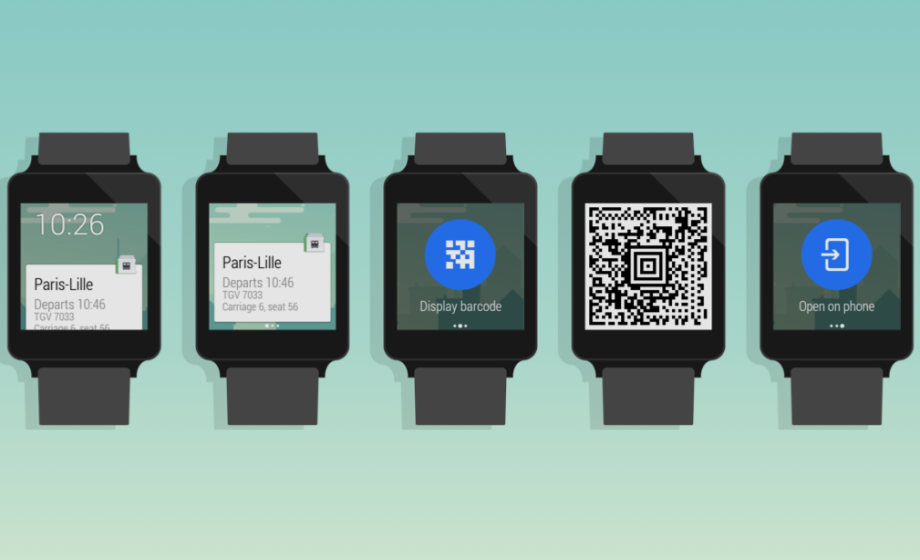
This month Capitaine Train announced they’d raised another $6.3 Million (this on top of the €2.5 Million and €1.4 Million they raised prior) for their European train ticketing service. While they face competition from Berlin’s GoEuro, which raised $27 Million earlier this year, Capitaine Train’s design-centric startup has captured the attention of the European startup scene, with its main investor Index Ventures doubling down on the eticketing service.
Since I first wrote about the company, I’ve been a bit skeptical – and at times, even biting – arguing that, as someone for whom 100% of train transactions in the 5 years I’ve lived in Europe have been done via French train company SNCF’s app & webiste ‘Voyages SNCF,’ it was hard for me to conceive of the necessity for a third party app. Capitaine Train’s argument that ‘increased competition’ in the train space across Europe wasn’t backed up by the facts (that the vast majority of train routes are operated by just one company, with only international routes seeing occasional competition with little price differentiation), and after SNCF updated their iPhone app to simplify the process, I’d been a happy user for years.
However, after one too many instances of SNCF’s iPhone app not being able to connect to its servers (I suspect the iPhone app runs through an API which occasionally goes down, with differences in information available on the web vs. on the app), I decided to try Capitaine Train yet again, due to the last-minute nature of my purchase. My biggest pet peeve was copying all my frequent traveler numbers, but with the necessity, I got through it and made my purchase in just 3 clicks (and a confirmation code to my phone).
After I used the service once, I was hooked. Onboarding is a pain, but afterwards its too easy.
For now, Capitaine Train can’t send users mobile tickets, so users have to print out their tickets at the train – a bit of a logistical pain for frequent travelers like myself who like to arrive at the train station, hop on the train & leave. Hopefully this will get fixed, but it’s clearly an issue with the SNCF API, and SNCF itself has loads of problems, like the fact that even if you get a mobile ticket, you still have to show your ‘discount code’ and physical identification – an issue that could easily be fixed if SNCF would invest a bit into their database management.
Capitaine Train’s success lies in the simplicity of the app, and growing out the business on top of that will be slow, just as their development has been; however, with CEO Jean-Daniel Guyot’s attention to detail and perfection, there’s no doubt that the company will continue to grow.
After holding out for two years – about as long as any tech blogger can – I’ve switched to Capitaine Train. Foot in mouth, but a happier train traveler (until I have to interact with SNCF, that is).

